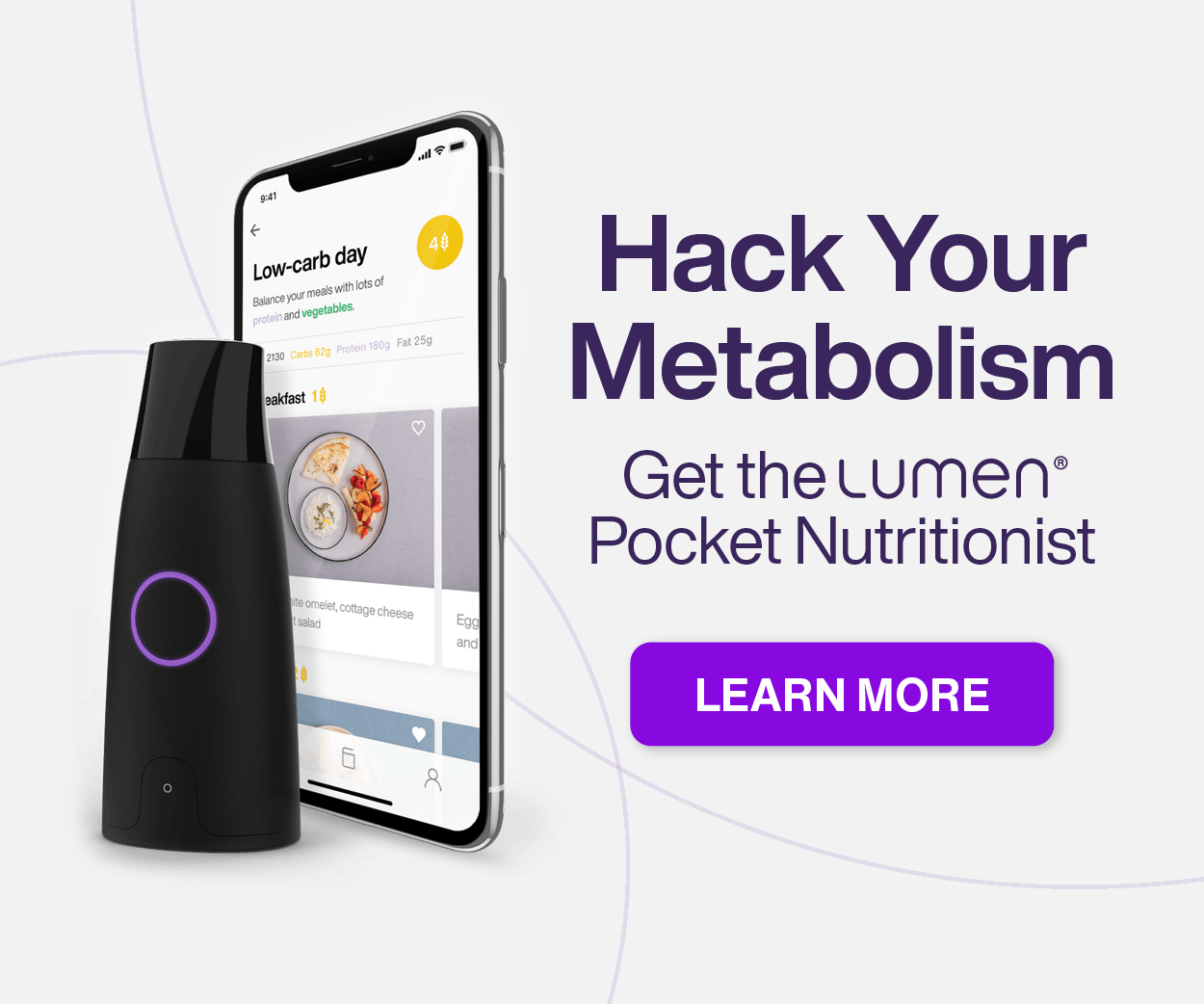By: Stephanie Heino
 Lately, it seems juicing and blending are on every health fanatic’s lips, and we wanted to weigh in. For a long time I was wondering what the actual difference was between blending and juicing foods, and I know that I am not alone so let us clear this confusion by listing the pro’s and con’s of each so you can see what fits you best. First of all, it’s important to note that just because it is a smoothie doesn’t mean it’s good for you. Buying pre-made smoothies in stores is probably not a good idea if you are looking for optimal health benefits. Often times they are loaded with sugar and preservatives to be kept fresh (a major no-no!).
Lately, it seems juicing and blending are on every health fanatic’s lips, and we wanted to weigh in. For a long time I was wondering what the actual difference was between blending and juicing foods, and I know that I am not alone so let us clear this confusion by listing the pro’s and con’s of each so you can see what fits you best. First of all, it’s important to note that just because it is a smoothie doesn’t mean it’s good for you. Buying pre-made smoothies in stores is probably not a good idea if you are looking for optimal health benefits. Often times they are loaded with sugar and preservatives to be kept fresh (a major no-no!).
Let’s start by defining juicing to clear the confusion. “Juicing is a process in which a machine, either through centrifugal force, grinding or mastication (chewing), extracts juice from its source. The juice will contain most of the nutrients, but not all of them, despite what ardent juicers claim. This process removes the insoluble fiber and some of the soluble fiber from the juice, which contains healthy colorful antioxidants. According to studies, juicing delivers 80% to 90% of the antioxidant potential of a veggie or fruit. Blending provides close to 100%.”
After extraction, it is best to consume the juice or blended foods within 10 to 15 minutes because antioxidants are activated and used as soon as air and liquid hit the food. There are some juicers that claim a vacuum extraction, however that doesn’t totally stop the loss of antioxidants.
Some also say juicing and blending gives the body more energy than solid food because the only nutrient that is quickly available for energy is sugar. Remember, with blended foods the sugar absorption is slower and steadier (which is a good thing), but even juice requires some form of digestion.
Benefits of Juicing
- Very fast delivery of nutrients to the blood stream. Only a small amount of digestion is required.
- Gives the digestive system a break. Primarily the stomach, pancreas and colon.
- Because of the lack of fiber, a lot of plant juice can be consumed. You can effectively drink more, consuming more nutrients.
- Helpful for people sensitive to fiber since there is no insoluble fiber content. Juice does have some soluble fiber, but only a small amount.
- Provides 80% to 90% of the nutritional value of the food being juiced.
Negatives
- Allows very fast delivery of sugars to the blood stream.
- Removes most of the fiber and some antioxidants from the juice.
- Not as filling or satisfying for most people.
- More time consuming and more difficult to clean.
- Good juicers are expensive.
 Meanwhile, blending is a process in which the whole foods, along with some liquid, are put in a machine and blended to form a puree. You get everything the whole food has to offer: vitamins, minerals, enzymes, proteins, essential fatty acids, antioxidants and fiber.
Meanwhile, blending is a process in which the whole foods, along with some liquid, are put in a machine and blended to form a puree. You get everything the whole food has to offer: vitamins, minerals, enzymes, proteins, essential fatty acids, antioxidants and fiber.
Benefits of blending
- Fast delivery of nutrients to the blood stream. Only a small amount of digestion is required.
- Gives the digestive system a break. Primarily the stomach and pancreas.
- Because the food is blended, it takes up less space than a full meal would. This allows for more nutrient intake at one time.
- The natural fiber slows the release of sugars into the blood stream.
- More nutrient availability due to the whole plant being consumed.
- More filling due to the fiber.
- Very fast to make a smoothie (or Blast) and clean up.
- Blenders are less expensive than juicers.
Negatives
- If someone is sensitive to fiber, it could make a person bloated and a little gassy.
- You can’t consume as much liquid as you could juicing.
- Some blenders can create too much heat if you let them blend too long. The heat will kill the naturally occurring enzymes. (This is not the case with NutriBullet, as it doesn’t heat to the point of destroying enzymes.)
In the body, nutrients work together and support health through their interaction. For example, when the pulpy white part of the orange is removed in the processing of orange juice, the flavonoids in the orange are lost. This loss of flavonoids is one of the many reasons for eating the orange in its whole food form. The skin on a apple contains other antioxidants that you are not going to get in the juice and skins of vegetables and fruits contain some of the highest concentrations of nutrients and juicing is not as efficient as the body at extracting those nutrients.
There’s a jungle of blenders and juicers out there, but here is a few great ones to help you chose the best one for you!
 Nutribullet ($90-$120)
Nutribullet ($90-$120)
The praised blender has taken the health market by storm and it truly takes blending to a whole new level by enhancing the absorption of nutrients. It has been called the superfood nutrition extractor since this powerful blender is used to grind up all types of foods into drinks yet keeps all the nutrition. Not only can you use it to make health shakes and juices, but you can also make soups, dressings, desserts, flour, and peanut butter. We’ve been using this amazing kitchen tool for almost a year and love it. At under a hundred bucks, it’s an amazing value and is the easiest way to start making super healthy smoothies at home right away! You get 4 convenient to-go smoothie cups that you can take with you anywhere. (Click to read our full review of the Nutribullet.) Get it here!
 Ninja Mega Kitchen System ($160-$220)
Ninja Mega Kitchen System ($160-$220)
Vitamix ($330-$650)
This healthy kitchen favorite not only makes perfect smoothies, but Vitamix machines are also built to stand up to years of demanding use in commercial kitchens and decades of daily use in your home. Impressive! It can liquify almost anything, making blended soups and smoothies a cinch. The high powered motor also warms blended soups without cooking them, which is essential for raw foodies in the colder months! Get it here for less!
Breville Juice Fountain Compact ($99-$139)
This juicer is one of the best! It collects all the pulp and extracts 8 oz of yummy, refreshing juice in less than 5 seconds. Amazing. Plus it’s nice and compact, which makes it much more flexible a kitchen tool than many of the bulkier juicers out there. An awesome value! Get it here!
Check out these delicious blended soup recipes, perfect for a cold winter day!
Butternut Squash Soup
 Butternut squash is delicious, and did you know they’re low in calories and fat and packed with vitamins A & C as well? This soup makes a fabulous, nourishing soup.
Butternut squash is delicious, and did you know they’re low in calories and fat and packed with vitamins A & C as well? This soup makes a fabulous, nourishing soup.
Ingredients:
- 1 tsp olive oil
- 1 cup chopped onion
- 1 clove of garlic minced
- 1 medium apple, peeled, cored, seeded and cut into chunks
- 2½ lbs butternut squash, peeled, seeded and cut into chunks
- 1 sweet potato, peeled and cut into chunks
- 4 cups low sodium vegetable broth
- 1 tsp curry powder
- 1 tsp sea salt
- 1 tsp pepper
- ½ cup of coconut milk or soy milk
- ½ cup of cashew puree
- 1 cup cooked quinoa
Directions:
Sauté onions and apples in a stockpot with olive oil until tender, about 5 minutes. Add garlic and sauté for another minute. Add the rest of the ingredients, except coconut milk, cashews and quinoa. Cover pot and simmer for 30 minutes. Add batches of mixture to the blender, add coconut milk, cashews, and quinoa, and puree until smooth. Add a crispy green salad and you have a complete, healthy dinner!
Delicious Tomato Soup
 This tomato soup recipe really gives you the nutrition your body needs thanks to the Nutribullet. It’s a great way to heat up on those cold winter days, and in addition to that it is so easy to make.
This tomato soup recipe really gives you the nutrition your body needs thanks to the Nutribullet. It’s a great way to heat up on those cold winter days, and in addition to that it is so easy to make.
Ingredients:
- 1 14.5 oz. can diced tomatoes
- 1 14.5 oz. can Italian tomatoes
- 3 cups vegetable broth
- 1 onion chopped
- 1 clove of minced garlic
- 2 medium sweet potatoes, peeled and chopped
- 1 cup brown rice or quinoa (cooked)
- ¼ cup of cashews
- ¼ cup coconut milk (optional)
Directions:
1. Place tomatoes, 1 cup of broth, onions, garlic and sweet potatoes in a pot.
2. Bring to a boil. Reduce heat and simmer for 30 minutes, until potatoes are fork soft.
3. Remove from heat and allow to cool for about 10 minutes.
4. Place cashews in blender and grind. Add to soup.
5. In small batches add soup and puree with extractor blade until smooth.
6. Add brown rice or quinoa to soup and finish with coconut milk.
Happy blending everyone!
Don’t forget to check out our delicious Nutribullet smoothie recipes!
Related articles
- One Juice, Two Juice, Orange Juice, Green Juice (foodisagoodthing.com)














